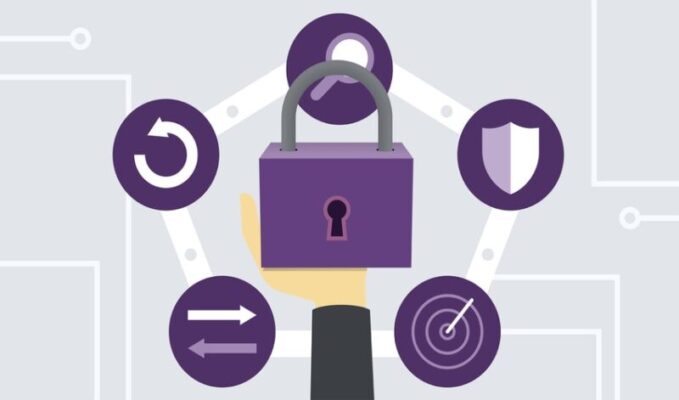
5 Cybersecurity Threats to Be Aware of in 2020
Cybersecurity threats we have to face only become more dangerous and complicated as time and technology advances.
With so many attacks occurring on a daily basis, it only makes sense to find a service to protect your virtual activity, as Emagined states. Sadly, there’s a serious lack of one-fits-all protection solutions, and users are mostly forced to sift through many programs to find peace of mind.
However, if people are informed of the most common cybersecurity threats for 2020, there’s a chance that they can prevent and protect themselves from attacks.
Cloud Jacking
Over time, more and more users are swapping their hard and solid-state drives for cloud storage. Features like auto-saving and affordable pricing make for strong arguments in its favor. However, there are large security risks that are sure to grow in 2020.
Cloud jacking involves accessing, modifying, or otherwise removing information from online storage. This is done via third-party applications that are executed remotely on a user’s computer or a direct cyber-attack to a cloud storage company’s network.
Some measures to prevent this threat hunting are available. However, choosing a reliable and secure cloud company is the number one priority.
Phishing Attacks
These attacks are usually meant to extract personal data directly from a victim. Most of the time, they’re implemented to steal user names and their corresponding passwords.
The most effective phishing attacks take place via email. There’s a wide range of false websites that imitate legitimate versions in order to steal information. However, the success rate for this alternative is generally very low.
Mobile Malware
You’ve probably sent an email, paid for a product, or entered a password on your phone. Well, as people start storing and using sensitive information on mobile devices, hackers learn new ways to infiltrate these devices.
Apple users might not have to worry too much. The company behind iOS has very strict rules for app developers on its platform. However, Android is a bit more vulnerable.
Google’s Play Store applications have fewer rules to follow. You might come across and download something that looks innocent but is nothing of the sort. Try using different passwords for each app you use.
Fake News or Disinformation
It might seem like a silly concept, but fake news and disinformation is slowly becoming a serious issue. Leaving politics aside, many people around the globe depend on solid content for daily routines, fixes, and tutorials.
In 2014, a hoax swept the internet, claiming that you could use a microwave to charge your iPhone. Do not try this at home, or ever. What seemed like a quick and easy way to push your battery into the green actually completely destroyed your device.
Fake news can play a devastating role in DIY projects, software repair, and more.
Ransomware
Ransomware cases have fallen slightly over the past few years. This is partly because hackers can’t access all of the information on your computer if much of it’s in cloud storage.
Instead of giving up, these miscreants are developing more powerful malware. The likelihood that you suffer from one of these attacks is very low. Now, however, you have a lower chance of getting out unscathed.
Stay Safe
In 2020 there are still many old methods of cyber-attacks in use. Protecting your information more securely is a matter of implementing different strategies. Try using different passwords for every website, email address, and app you use. Consider purchasing software for some of the most common attacks mentioned above.
Read Dive is a leading technology blog focusing on different domains like Blockchain, AI, Chatbot, Fintech, Health Tech, Software Development and Testing. For guest blogging, please feel free to contact at readdive@gmail.com.
